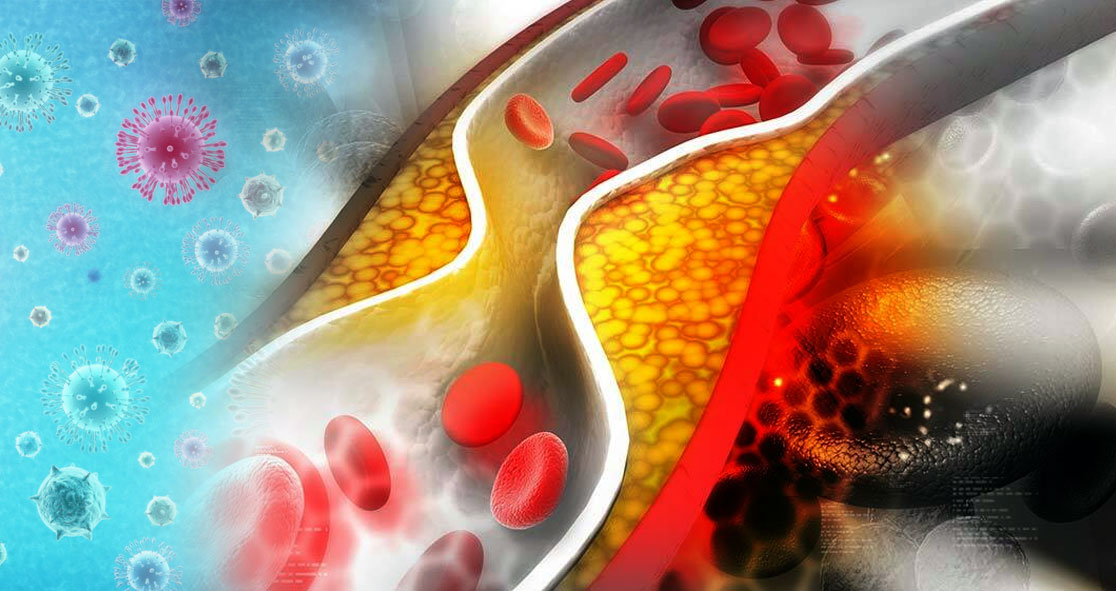Previous research has shown that SARS-CoV-2, the virus that causes COVID-19 infection, involves the modulation of host lipids (fats) as a core characteristic.
Scientists have identified lipids and lipid-associated proteins like very-low-density lipoproteins (VLDL) and high-density lipoproteins (HDL), steroid hormones, and various apolipoproteins are the biomarkers of infection.
In addition, they suspected that high triacylglycerol (TAG) and polyunsaturated free fatty acids (PUFFAs) are the biomarkers of severe disease outcomes. Furthermore, comorbidities such as obesity, diabetes, and hypertension have been identified as some of the important risk factors of severe COVID-19 illness.
A recent study, published on bioRxivm has found that the coronavirus appears to alter host lipid biosynthesis by relying on certain human metabolic pathways to survive and multiply effectively, according to News Medical Life Sciences.
The study, which has not been peer-reviewed, analyzed global lipidomic profiling of HEK293T cells (human cells that are commonly used in biological research for making proteins and producing recombinant retroviruses). These cells overexpress the angiotensin-converting enzyme 2 (ACE2) receptor, which is primarily used by the virus’ spike protein to enter host cells.
Researchers infected these cells with either SARS-CoV-2 or a control virus for 24 hours. They then analyzed cellular lipids through liquid chromatography-electrospray ionization tandem mass spectrometry.
The researchers identified a total of 514 lipids in HEK293T cells. Of these lipids, nearly 80% differed between the SARS-CoV-2 and mock-infected cells. They found the most significant changes in both glycerolipids and phospholipids. They also found the greatest changes in TAG and cardiolipin (CL), more in TAG.
The virus has also been found to alter the lipid composition of its host cells.
Overall, nearly 400 unique lipids were identified from the SARS-CoV-2 proteins, and of these lipids, 80% were significantly changed in at least one transfection with a given SARS-CoV-2 protein, according to News Medical Life Sciences.
The researchers looked at how each SARS-CoV-2 protein affected lipid remodeling during infection. They thoroughly examined the effect of viral proteins on host lipids.
The study was able to reveal an intricate network of many different SARS-CoV-2 proteins, which can play a role in different aspects of host lipid remodeling.
The findings suggest the use of glycerolipid production inhibitors to prevent viral replication which could be used as an anti-SARS-CoV-2 treatment option.
SARS-CoV-2 is rapidly spreading and mutating; therefore, it is crucial for researchers to understand the underlying physiology of its life cycle. And by determining the underlying biology of the virus’ life cycle, the researchers can develop prophylactic and treatment options for COVID-19.























